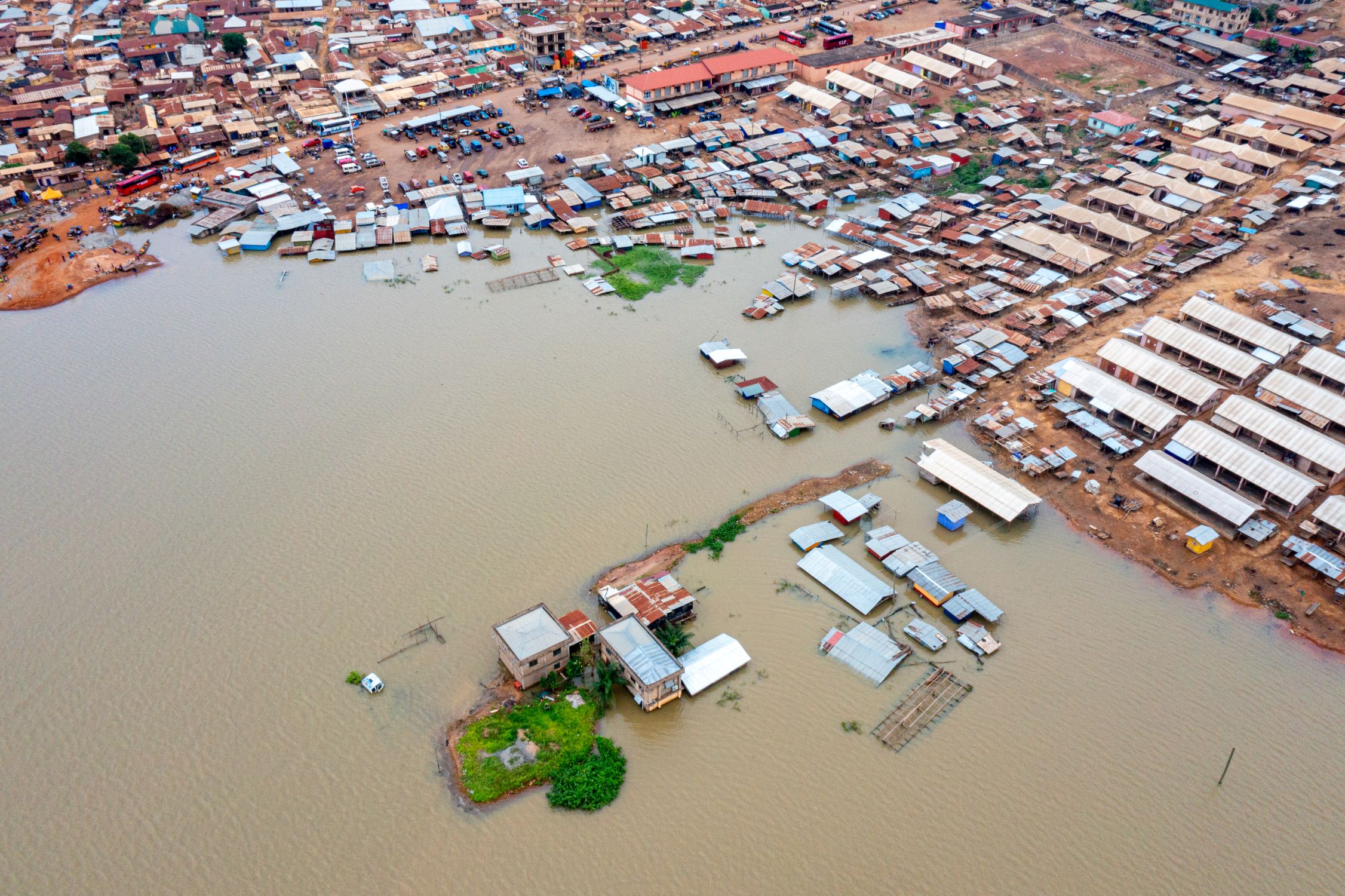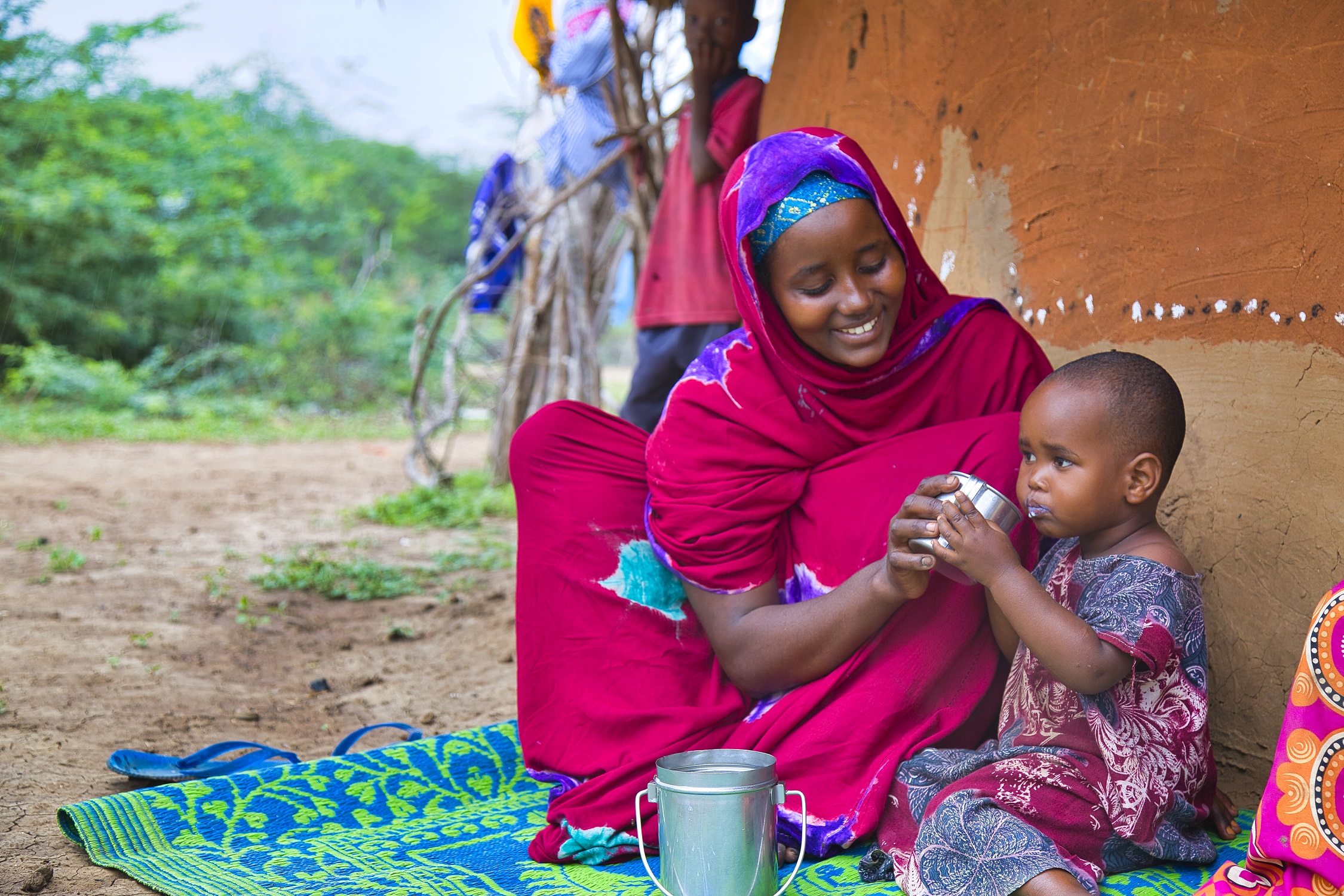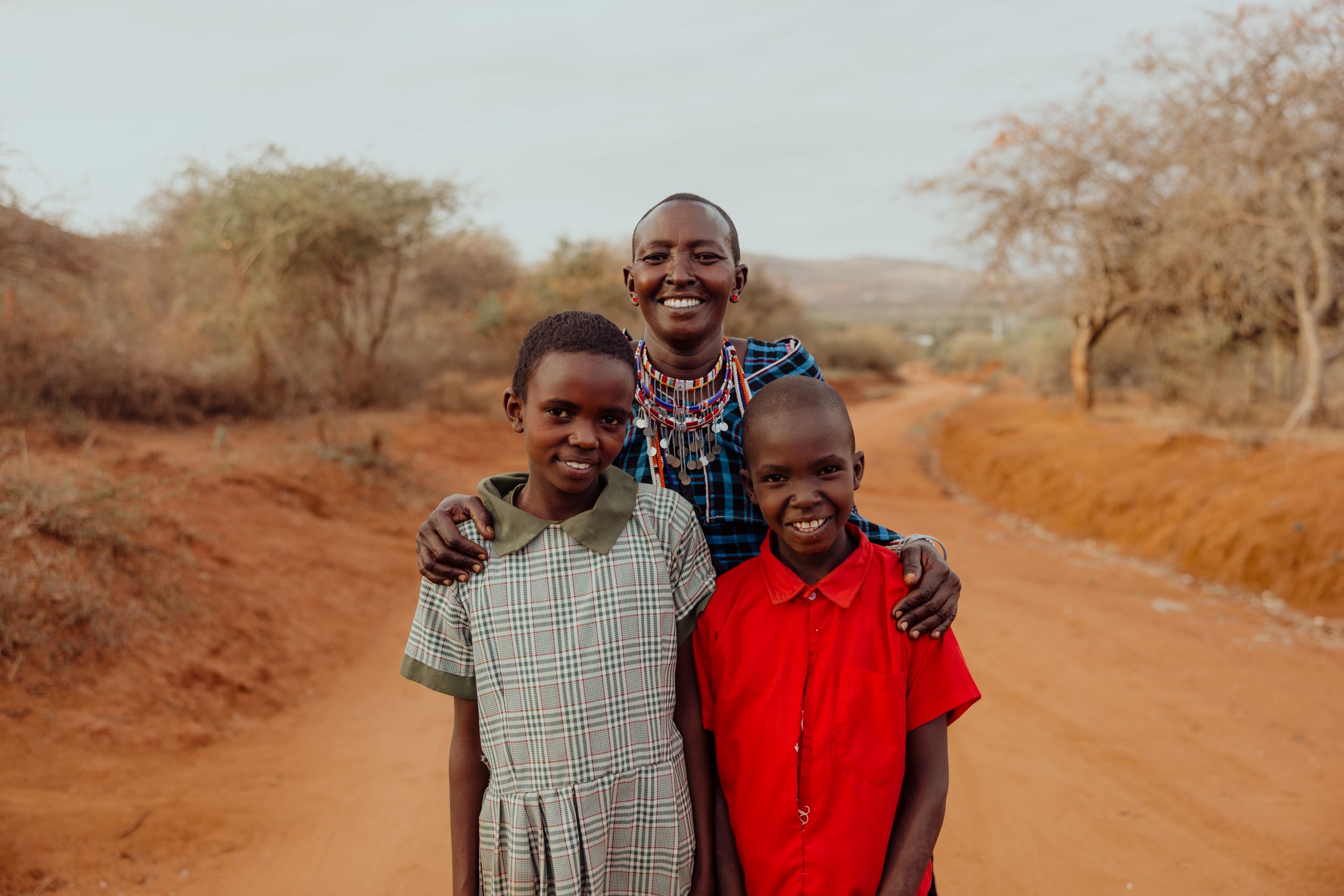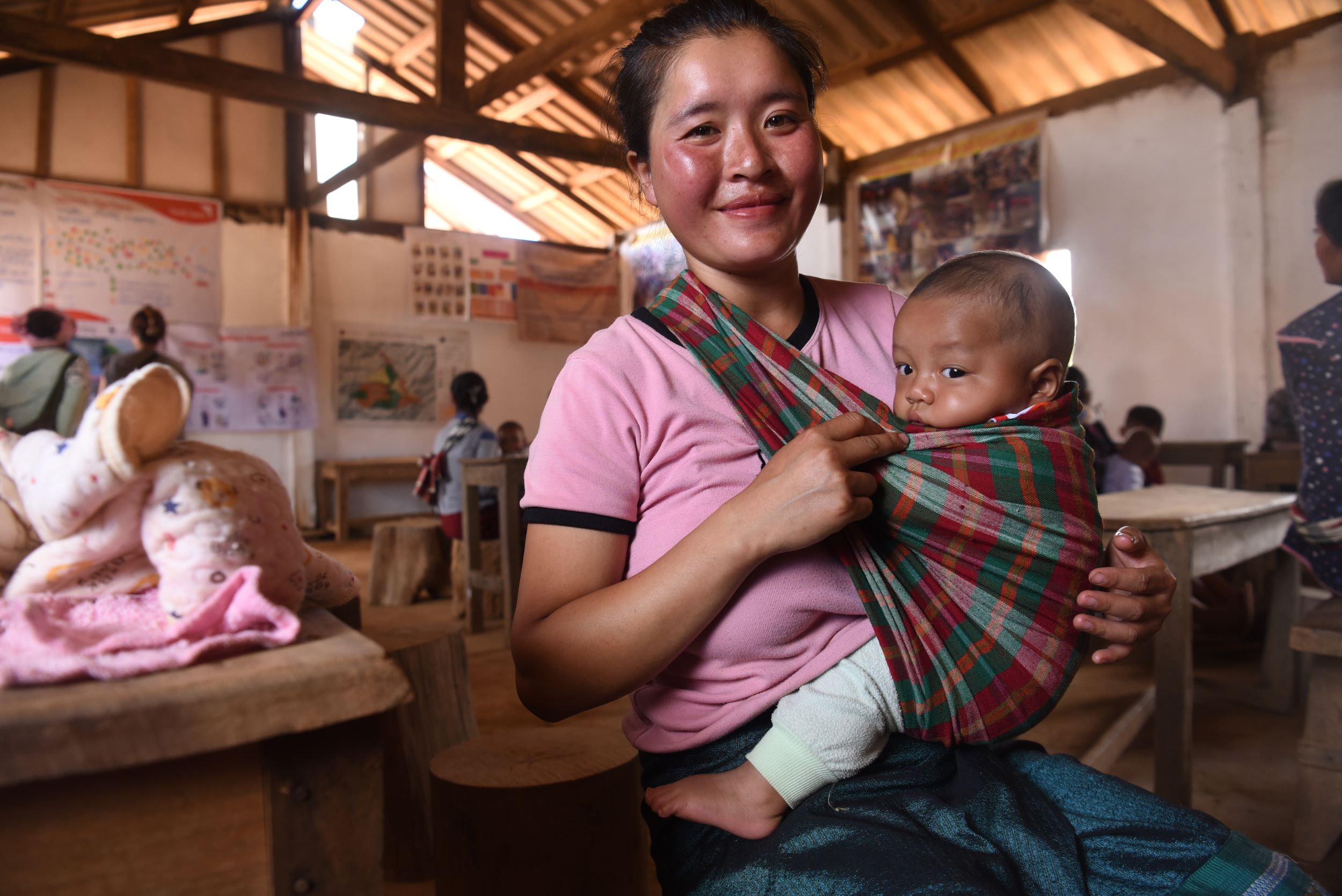
How do charity savings groups work?
A new way to guard against food insecurity for a mum living in rural Laos
There should be enough nutritious food for everyone, but today more people than ever are experiencing food insecurity. This is in part due to shifting weather patterns caused by climate change.
"Compared to when I was young, the weather has changed drastically,” says Chitta, a mother of two. "It has become hotter and the rain is not balanced.
“Due to the changing climate, the season to grow rice has changed from what it used to be. It is now difficult to anticipate."
Chitta is 25 and lives in Laos, a small Southeast Asian country sandwiched between Thailand and Vietnam. Her daughters are five-years-old and four-months-old.
In Laos, 70-80% of the population depend on agriculture for a living, but with the changing climate causing extreme weather, many people are unable to grow the crops they need for income and food, making them more vulnerable to hunger and food insecurity.
World Vision in Laos
World Vision has been helping children and their families in Laos for more than 40 years, focusing on those living in rural and remote communities. Our programmes have addressed nutrition, education and child rights, and we have also provided aid during disasters and emergencies.
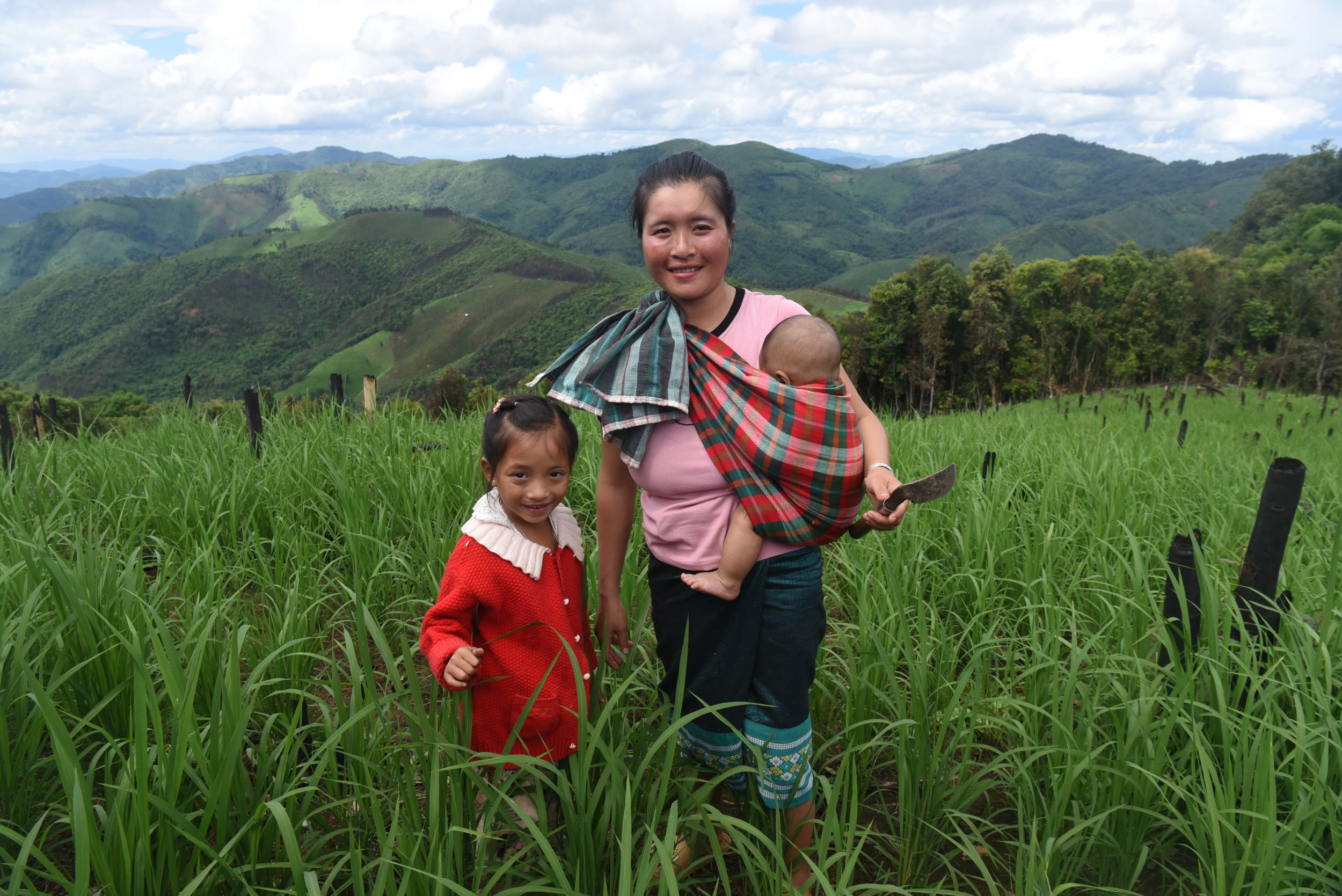
What is a savings group?
Despite the changing weather, Chitta’s life – and those of her children – has improved thanks to World Vision. She explains, “I am delighted with the start of the savings initiative in my village. In the past, I lacked knowledge on how to save money; I just kept the money at home, which is not safe. Now I am a member of the group and I make monthly deposits to save money for when necessary, such as buying educational material and food for my children.”
Chitta is part of a World Vision Savings for Transformation group. This is a model that encourages people to group together and save.
Members of savings groups make regular contributions, which they can fall back on during “leaner” times – such as when their income suddenly drops due to a disaster. They can also loan from the group to purchase items for their family or to invest in income-generating activities.
Today, over 1.8 million people (79% of whom are women) make regular savings in more than 87,500 community-based Savings for Transformation groups.
How do savings groups fight hunger?
Savings groups are vital in the fight against hunger. Especially in communities, like Chitta’s, that are prone to droughts and floods.
Extreme weather events often lead to the destruction of crops, wiping away people’s sources of nutrition and income. Savings groups can be a lifeline when this happens.
READ MORE: How does climate change affect poverty?
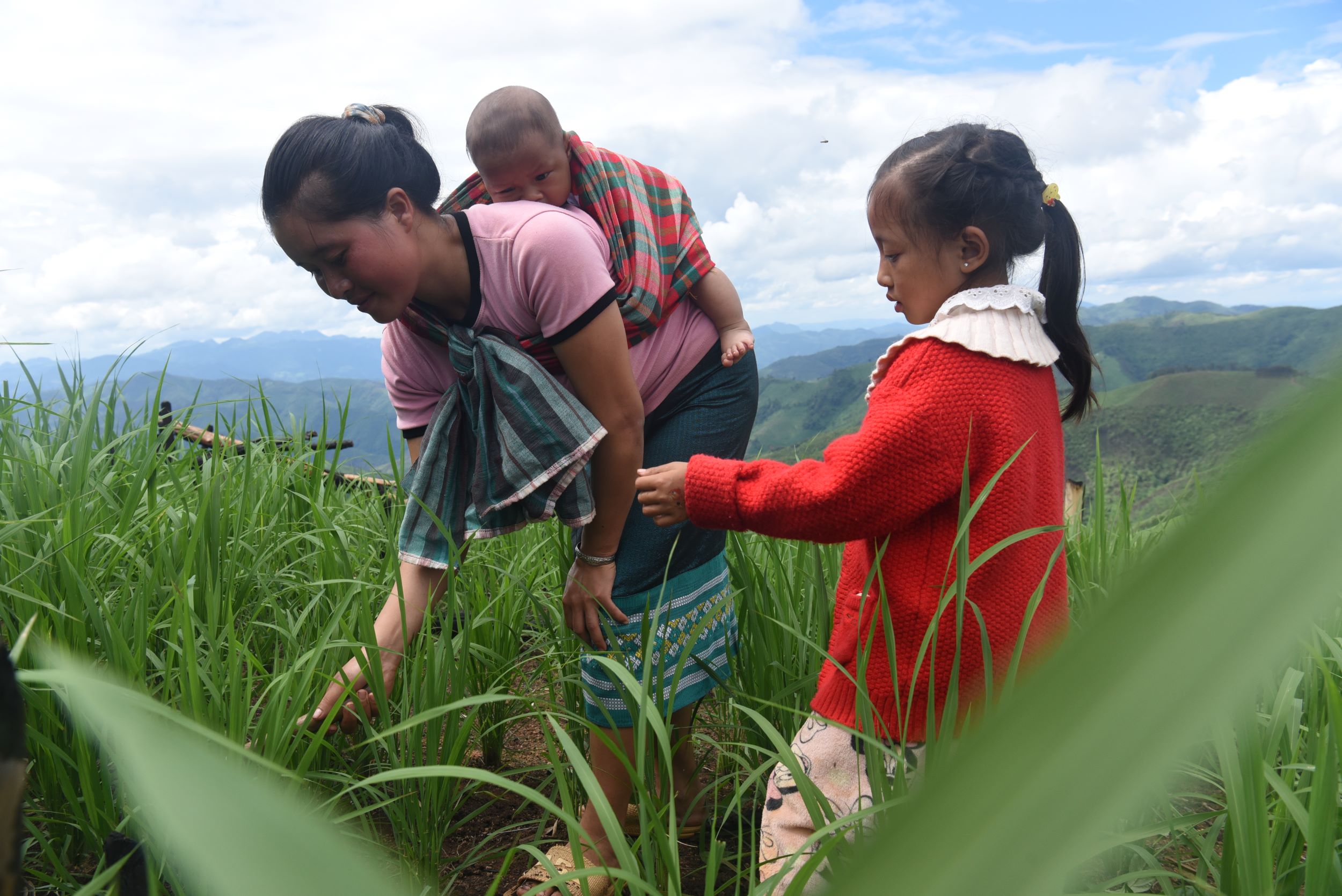
Introducing climate smart agriculture
The area where Chitta lives is stunning. Its landscape a lush, vibrant green. With this backdrop, it’s difficult to imagine life being a struggle there.
But a 2022 World Vision survey found that 78% of households in the area have experienced moderate to severe food insecurity, while 56% of children are stunted, meaning their height is low for their age.
In addition to joining the savings group, Chitta received training on how to make a home garden and compose fertiliser.
“I have learned how to prepare the soil and how to take care of my plants,” she shares. “After the training, World Vision gave me seeds and home gardening materials.”
Chitta says farming has been a challenge for her community due to recurring droughts and floods, made worse by climate change.
“But I am thrilled that after I got trained to grow a home garden and seeds, my children and family have access to more nutritious food. We don’t need to go to the forest in search for food. This saves time and I can stay home to take care of my children instead,” she shares.
How we're helping families recover from the floods in Laos
In July 2023, heavy monsoon rains affected more than 60,000 people in parts of Laos. Many families lost their homes, livestock and farmland. In one province, 3,524 hectares of farmland and 209 hectares of banana fields were destroyed.
“The water came spilling from the river into the village, flooding it,” shares Mr Bounta, deputy to the village chief.
“All the people in the villages went to higher places. At its highest level, the water was about 1.8 metres above our village. It lasted for three to four days; crops and rice storages were damaged, and some animals were lost. We still need support to recover from this disaster.”
World Vision responded to the floods with clean water filters, food packages and hygiene kits.
“I am very happy with the items that I received from World Vision,” says Mrs Pab, 33. “It helps my children have more food and to reduce our expenses.
“During the flood, I was very afraid and worried about my children because the water level increased and we did not know how to swim. My children were still small, and our ducks and chickens all died. This is the first time we experienced flooding.”
Lae, 24, also shares here experience.
“I was very afraid and worried about my children because the water level increased and my children were still small. I was pregnant and have a six-month-old child, and we did not know how to swim.
“I am happy with items that I received from World Vision... This is very helpful and useful for my family; my children will have food and drink clean water.”

World Vision’s emergency response
As climate change increases incidences of drought and flooding, World Vision continues to respond. In the hours and days after disaster strikes, we’re there with essentials like food, clean water, sanitation and hygiene kits. But we also provide more long-term support, such as skills training so parents can diversify their sources of income or grow crops that are more resilient during times of disaster.
These are all vital in the fight against food insecurity and hunger.
You can help provide enough for every child
World Vision believes children should experience fullness of life, even during a hunger crisis. We want every child to have enough nourishing food to eat, no matter where they live – which is why we've launched our ENOUGH campaign.
Find out more about how you can make a long-lasting difference in the lives of children, making sure they have ENOUGH food and nutrition to grow healthy and strong.

